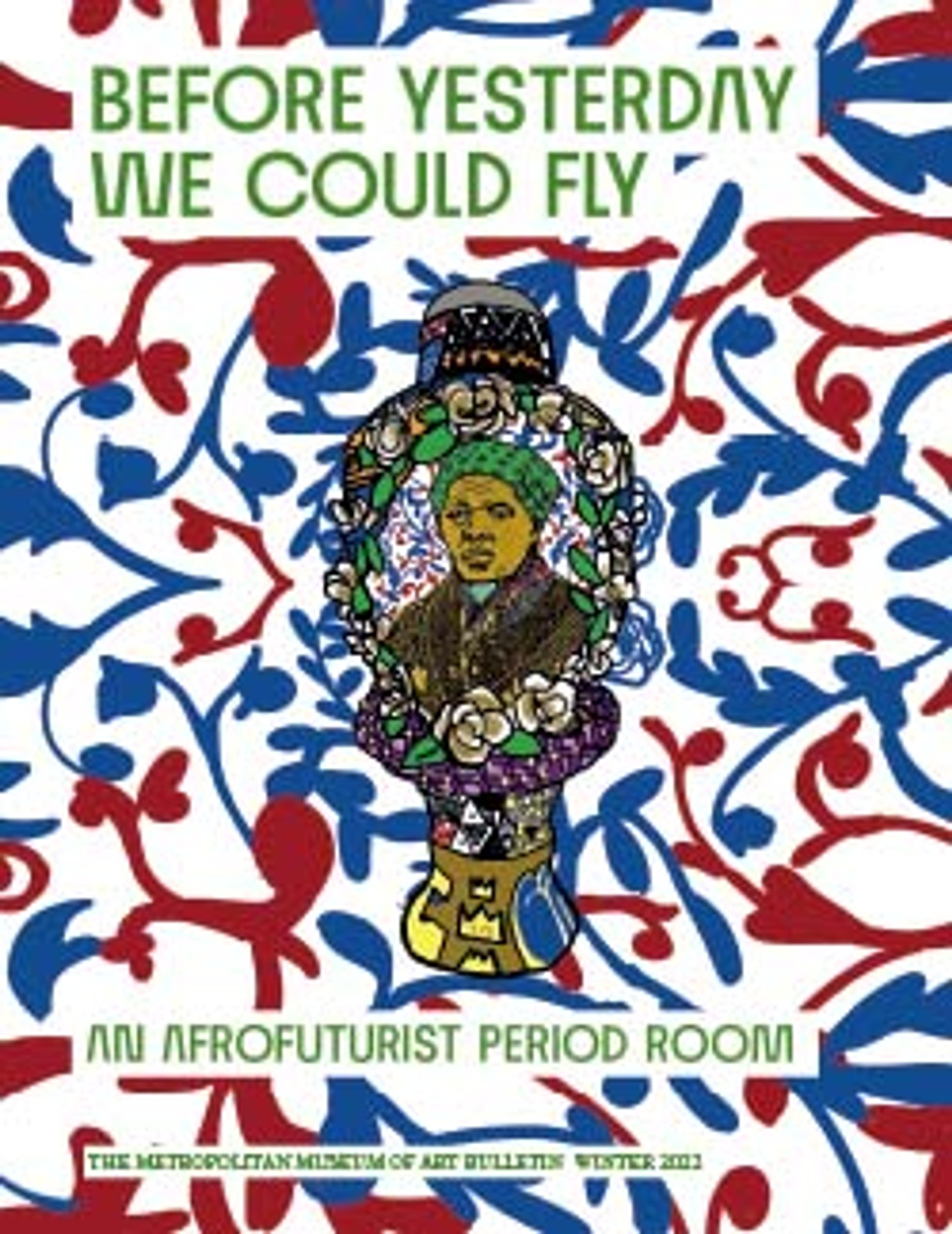Jar
This vessel was made by Thomas W. Commeraw, a free African American potter working in Manhattan's Lower East Side during the late eighteenth and early nineteenth centuries. Commeraw operated a kiln in Corlears Hook, the area along the shoreline of the East River now between the Manhattan and Williamsburg Bridge. Like most stoneware of the period, Commeraw's vessels were largely utilitarian and embellished with incised decoration accented with a cobalt glaze. The distinctive foliate design found on both sides of this jar are typical of Commeraw's wares and distinguish his vessels from those of other New York City potters of the early 19th century. Commeraw's is the largest body of work by a free Black potter during the antebellum period.
Artwork Details
- Title: Jar
- Maker: Thomas W. Commeraw (active 1796–1819) or
- Date: 1796–1819
- Geography: Made in New York, New York, United States
- Culture: American
- Medium: Stoneware
- Dimensions: 9 1/2 × 8 1/2 × 8 1/2 × 6 3/4 in. (24.1 × 21.6 × 21.6 × 17.1 cm)
- Credit Line: Rogers Fund, 1918
- Object Number: 18.95.13
- Curatorial Department: The American Wing
More Artwork
Research Resources
The Met provides unparalleled resources for research and welcomes an international community of students and scholars. The Met's Open Access API is where creators and researchers can connect to the The Met collection. Open Access data and public domain images are available for unrestricted commercial and noncommercial use without permission or fee.
To request images under copyright and other restrictions, please use this Image Request form.
Feedback
We continue to research and examine historical and cultural context for objects in The Met collection. If you have comments or questions about this object record, please complete and submit this form. The Museum looks forward to receiving your comments.
